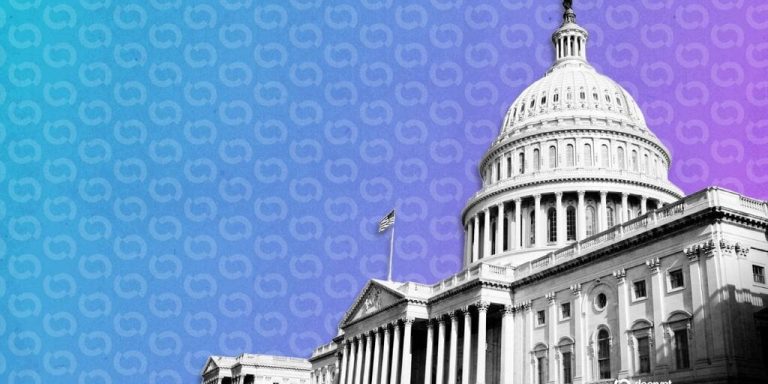
Japan’s Stablecoin Revolution: A Look Ahead
Japan’s largest banking institutions—MUFG Bank, Sumitomo Mitsui Banking Corp., and Mizuho Bank—have recently received the go-ahead to embark on proof-of-concept (PoC) trials for a groundbreaking yen-denominated stablecoin. This move marks a significant milestone in the country’s embrace of blockchain and cryptocurrency technologies.
What Does This Stablecoin Mean for the Industry?
The PoC will focus on ensuring regulatory and practical compliance when multiple banks collaborate to issue a single stablecoin. According to Nikkei Asia, these financial powerhouses plan to finalize their trials and roll out the stablecoin for commercial use by March 2026. Initially, the stablecoin will facilitate intracompany and intercompany payments among corporate clients.
While the yen-pegged stablecoin will initially dominate development efforts, the banks have hinted at plans for a dollar-pegged stablecoin in the future. This forward-thinking approach demonstrates Japan’s commitment to staying competitive in the global fintech environment.
Technical Collaborations and Smaller Players
Technological infrastructure for this initiative will come from Progmat, a Tokyo-based fintech firm. Interestingly, smaller firms in Japan are already making strides in stablecoin development. Startups like JPYC recently launched a fully convertible yen stablecoin backed by domestic bank deposits and Japanese government bonds, underscoring the competitive nature of this emerging market.
Challenges to Adoption
Though stablecoins are poised to improve money transfer efficiency, adoption hurdles remain. Japan is already a highly cashless society, with systems like PayPay dominating digital payments. Rajiv Sawhney, a portfolio manager at Wave Digital Assets International, believes stablecoin adoption could take time as merchants and users transition from existing systems.
Japan vs. Global Trends
While Japan accelerates its blockchain efforts, other countries are also scaling their stablecoin infrastructures. For example, Singapore-listed its Singapore-dollar-based stablecoin (XSGD) on Coinbase, and South Korea introduced KRW1, its first fully regulated won-backed stablecoin. In contrast, China has taken a stricter approach by restricting private companies from developing stablecoins.
Final Thoughts
Japan’s bold move to enter the stablecoin space may reshape its financial landscape, particularly as regulation and innovation converge. As we edge closer to March 2026, businesses and crypto enthusiasts alike will be watching closely for further developments.
Recommended Product
Interested in safely managing your cryptocurrency assets? Consider the Ledger Nano X, a trusted hardware wallet perfect for crypto enthusiasts looking to securely store their investments.



